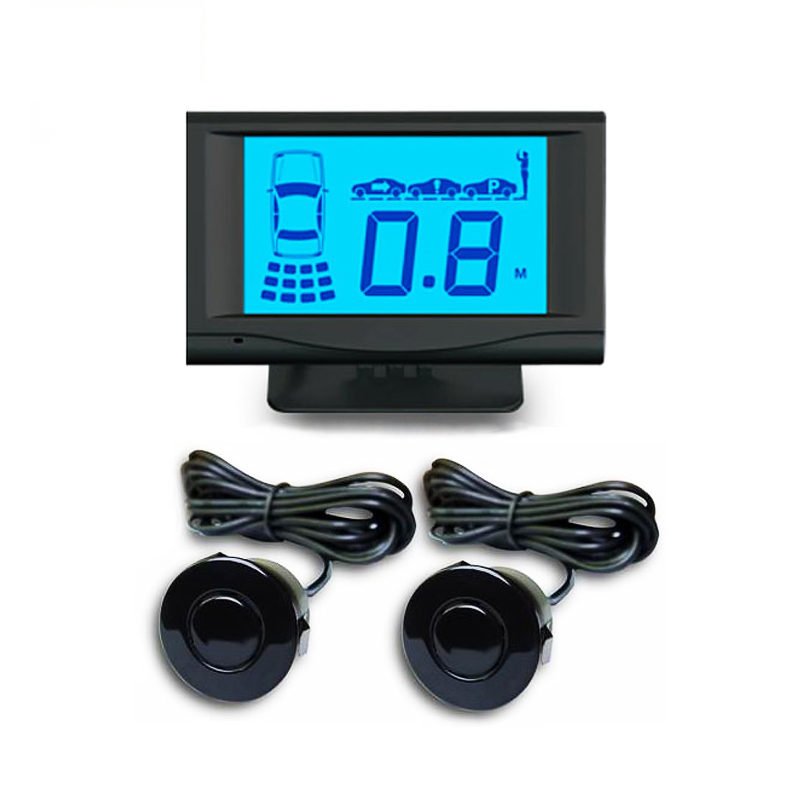Seeing a tire pressure light pop up on your dash might raise your blood pressure, but it’s usually a simple fix.
We may earn revenue from the products available on this page and participate in affiliate programs. Learn more › Droppler Radar

Starting your car in the morning is a pretty mindless task. The dash lights up but after a second, it all calms down. Sometimes, though, one of those little lights in the gauge cluster stays on, indicating that something is up. It's the tire pressure light and now you've got to figure out why it's on, along with how to fix it.
This can cause quite the panic, especially if you're already running late for work. It doesn't have to ruin your day, though, and it's a lot better than realizing you have a flat once you hit the interstate. Your car's tire pressure monitoring system (TPMS) can actually save you a lot of trouble.
In this article, we'll explain exactly what a TPMS does and help you reset that pesky light so it doesn't spike your blood pressure every time you turn the key.
Your vehicle’s tire pressure monitoring system is a type of sensor system that warns you when one or more of your tires are either over or underinflated. Automakers have a few options at their disposal in terms of the types of sensors used, but the general purpose is the same regardless.
While an illuminated TPMS light is enough to make anyone stop and sweat for a second, it's not always mission-critical. Unlike the other, more serious warning lights, the TPMS light doesn’t always mean a trip to the mechanic.
Seeing that light with an exclamation point staring back at you can mean a few things. In many cases, it’s as benign as temperature changes causing a shift in the tires’ air pressure. In more serious cases, the tire has lost air due to a puncture or other damage. Overinflating your tires can also set off the sensor and cause the light to go off.
We’ll risk sounding like Debbie Downer here and tell you no. It’s not safe to drive around with your TPMS light illuminated. Without a tire inspection, there’s no way of knowing how quickly air is leaving your tire, or for how long it has been over or underinflated. The best course of action is to use a tire pressure gauge to check the current inflation level of each tire.
If the light comes on while you’re driving, slow down and get to the nearest gas or service station to inspect the tire.
You can fix or solve a TPMS light in a few ways. You can take the vehicle to a service station to fill the tire or release enough air to get it to the proper inflation level. Inside your vehicle’s driver-side door, there is a small white and yellow label that will tell you what the cold air temperature should be. In other words, you’re going to need to wait a bit for the tires to cool off to get an accurate reading.
Do not inflate your tires to the level listed on the tire’s sidewall, as that number represents the maximum inflation level that a tire can withstand. Filling to that level will cause you to experience a bumpy ride and could lead to a blowout.
It’s normal for a TPMS light to show up and then disappear, especially when the weather is cool in the mornings and warm in the afternoons. The sign that you should have your TPMS sensors serviced is when the light blinks rapidly and does not stay solid or go away. This indicates that one or more sensors are bad, or that the system itself is malfunctioning in some way.
Sign Up For Our Newsletters
The chronicle of car culture, delivered to your inbox.
© 2023 Recurrent Ventures. All Rights Reserved.
Articles may contain affiliate links which enable us to share in the revenue of any purchases made.

Easy Fit Parking Sensor Some benefits of our Car Shopping program may not be available in your area. Please see terms for details.